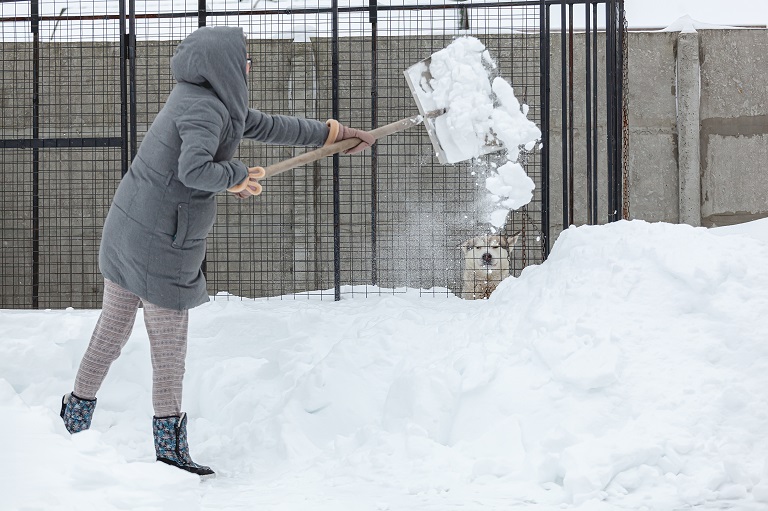Pouring Concrete In Summer? Keep This In Mind

Summer is preferred for concrete work for many reasons, but there are challenges due to high temperature and windy climate. Concrete will cure quickly if the weather is too hot, and you may not get the expected quality and strength.
Moreover, it would help to consider which ice melt is safe and whether will salt melt ice below freezing. That’s why keep the following points in mind while pouring concrete and using ice melt.

1- Keep Everything Ready
Once the pouring start, you will not have time to search for the tools and supplies you may have forgotten. Hence, keep everything ready before you start mixing the concrete.
2- Protect From Sun And Wind
Place the sun shade and wind blocks to keep the sun and wind blocked as you pour the concrete because the sun can evaporate the water from the mixture. In addition, it will dry out the surface before you smooth and finish the edges.
3- Pour At The Coolest Time Of The Day
The highest recommended temperature for pouring is between 50˚ F and 90˚ F. Ideally, in summer, better to pour early in the morning or in the evening so that the concrete can hold the moisture for a longer time.
4- Make It All Wet
Spray the gravel and concrete forms to moisten them and cool them off. However, the dry base can suck the moisture out of concrete and make it dry and weaken the construction.
5- Hire Extra Labor
Suppose you have a project like a driveway, sidewalk, or patio. In that case, you have to hire extra labor to pour, spread, and finish the surface before it starts to set.
6- Use Cold Water
Either use a direct water supply to get fresh and cold water or keep some ice to mix in the water before preparing the concrete mixture.
Will salt melt ice below freezing
In cold regions, protecting the concrete from ice and snow is a big challenge; people use various kinds of chemical combinations to melt the ice. Salt and Chloride are the oldest solutions for it.
Today options like urea-based ice melt are available that are effective below freezing point and least harmful, so before buying salt, we should know how effective it is in different temperatures.
Moreover, before buying a particular brand, find out ‘Is ice melt safe for concrete?’. Many ice melts are a toxic mix of chlorides that can damage your concrete and metal.
Is ice melt safe for concrete? The answer is Safe Thaw
Safe Thaw is a urea-based ice melt prepared with the latest green technology. It is a 100% Salt and Chloride free ice melt consisting of a traction agent.
It is the perfect ice melt for concrete and is safe around metals, machines, vehicles, plants, and railings. Moreover, it is effective even at low temperatures.
Whereas salt is effective at a temperature of 30˚ F and above; once the temperature drops, effectiveness gets slow. Near 30˚ F or below, salt is barely working. Besides, it is highly corrosive and can cause cracks in concrete.
100% salt & chloride-free, fast acting Ice Management Solution
Conclusion
Following the above instructions at the time of construction and using the safe ice melt for your concrete driveways, walkway and patios will protect your investment and bring peace to your mind.
Try Also Our Other Winter Safety Products:
Safe Paw
The Original and #1 Selling Pet and Child Safe Ice Melt for over 20 years. Guaranteed environmentally safe –It won’t harm animals or children, and it won’t damage your property. That’s Safe Paw. Safe Paw can change how winter affects our planet.

Walk On Ice
The handy disposable canister can be taken everywhere, with the same 100% naturally occurring minerals that provide instant traction on ice or snow. Use it on sidewalks, steps, or as an instant traction agent for your car.


